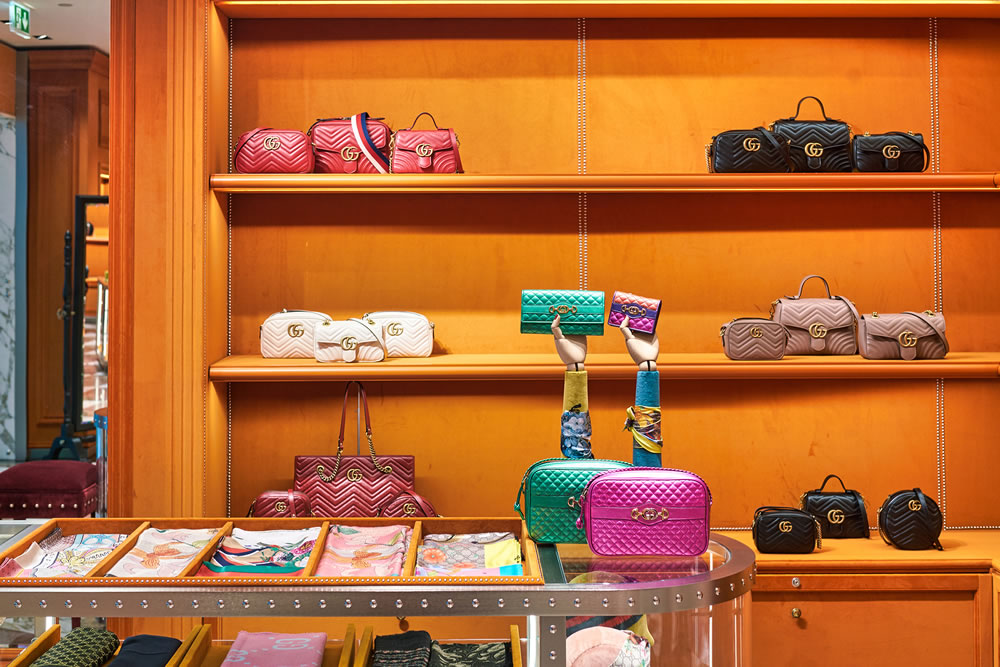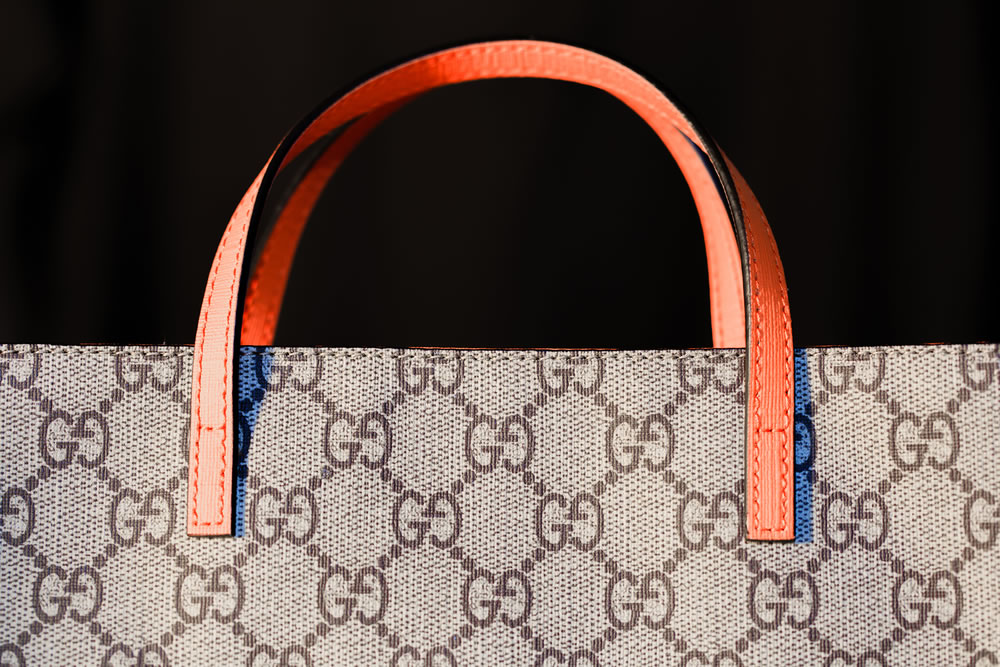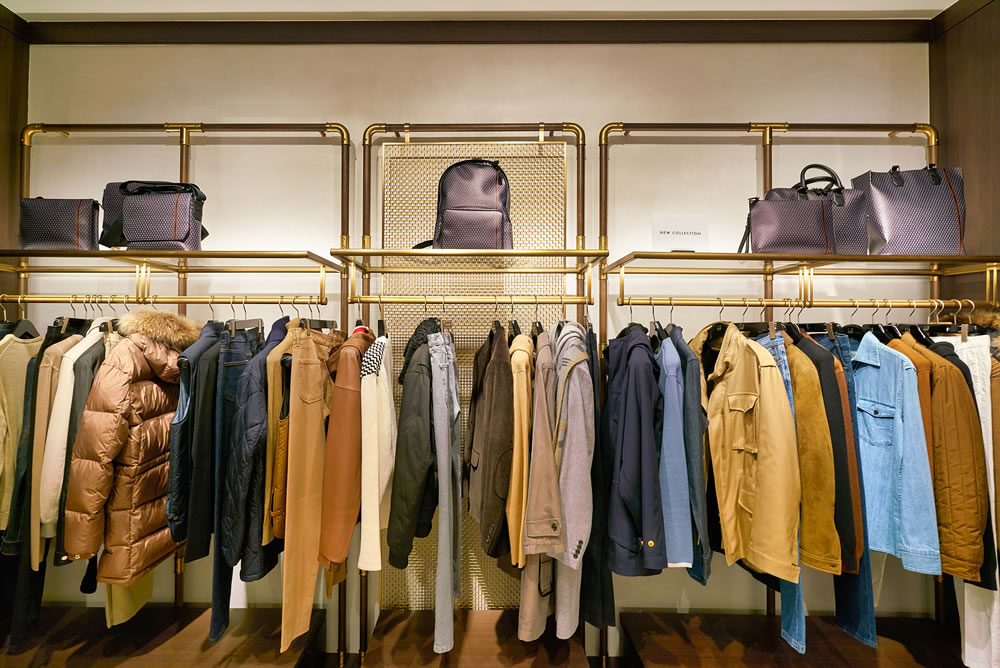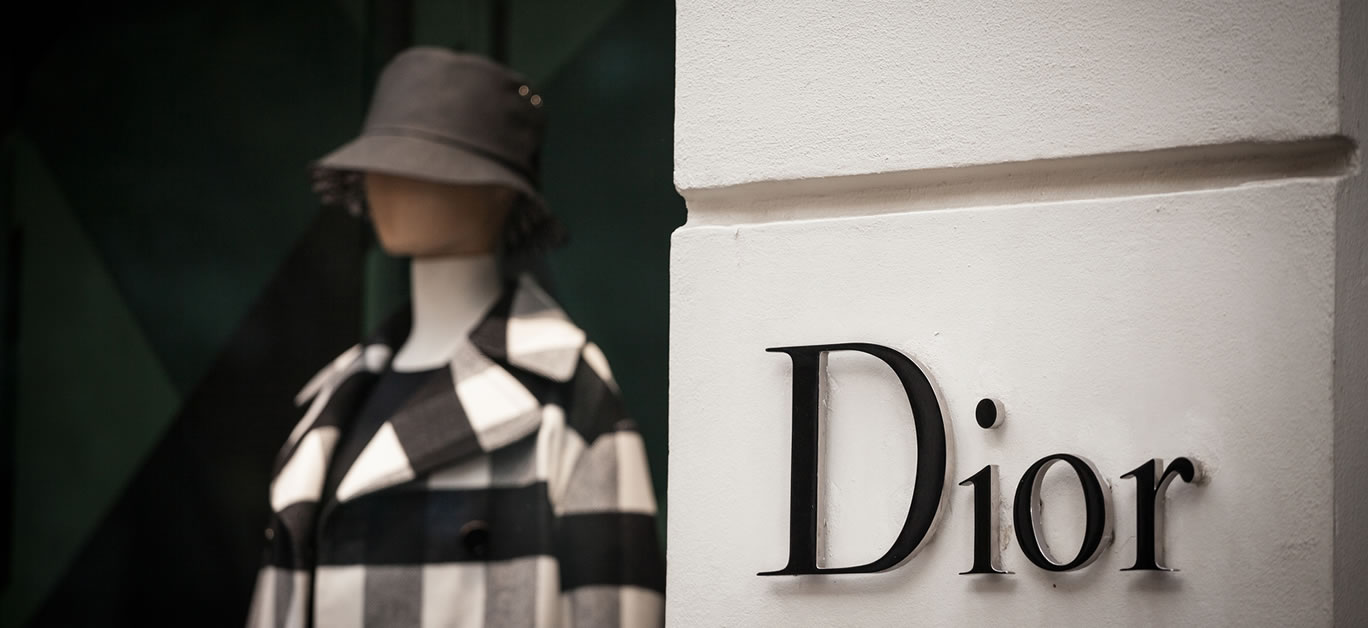There is nothing quite like the high you get when you exchange a large sum of cash for that brand-new luxury handbag you’ve had your eye on. There’s just something that makes you feel as if you are part of a highly exclusive club. Not to mention the rush you get from those admiring stares as you carry your new bag with pride, which is enough to make you feel like you’ve truly made it in life.
Luxury brands, from Gucci, Valentino, to Brook Taverner, and Balmain, have long signified a highly-sought-after yet somewhat unattainable level for the masses. After all, it’s precisely this reason that makes each new launch so instantly coveted. But, these days, it’s becoming easier and easier for just about anyone to be seen carrying one of the fashion industry’s biggest names on their arm – and it’s all thanks to counterfeiting.
For years, the luxury industry has been waging a battle against counterfeiters, angered by the fact that the practice is cheapening some of the highest quality brands by cloning them – with lesser quality materials and craftsmanship, then selling them to the public for knock-off prices.
One study revealed that three-quarters of women who had purchased a counterfeit handbag had been well aware that they weren’t purchasing a genuine model – yet that didn’t put them off. Why? Because paying just a fraction of the price for a lesser quality bag had afforded them the social status they had always dreamed of – something they’d never have achieved without their illicit purchase.

Fighting back
Counterfeiting is a huge issue for the industry. But, in recent years, thanks to technological innovation, they have begun to fight back harder than ever. The latest advances in nanotechnology, the internet of things (IoT), and AI are all now being used to authenticate products, and many brands have been relentlessly lobbying the government to extend enforcement bodies’ power to seize and destroy fake goods and to prosecute both buyers and sellers.
It has also gone to great lengths to have access to counterfeit websites blocked. Although, there is still a long way to go before we reach a level at which this is fully enforced.
All of this doesn’t come cheap. LVMH is thought to have spent $17 million on lawyers for their efforts in recent years – putting a further dent in the company’s turnover and a huge cost in terms of both money and time.
The market for falsified goods is estimated to be at round $4.5 trillion – evidence, if it was needed, that it’s still going strong. It’s a statistic shocking enough to highlight the fact that enough still isn’t being done – though some of this is beyond the luxury fashion industry’s control.

Even so, they continue to battle on. There are now protection programs in place that integrate traditional authentication features (overt, covert and forensic) with online authentication. Online authentication is facilitated through the practice of serialisation – numbers are stamped on or embedded within luxury goods allowing the brand owner to track and trace exactly where it was made. With this in place, any product can be quickly and easily checked by anyone, and even goes as far as to tell brand owners which warehouses have had possession of it throughout the supply chain.
Thus, thanks to digital authentication, luxury brands are no longer fighting solo. Consumers are now being educated on how to spot and identify genuine products over fakes, and for those for whom this is an issue, make an informed purchase. Of course, this doesn’t put a stop to those who are actively seeking out false goods, but it does go some way to alleviate the damage being done to brand reputations when those in search of genuine items find themselves the victims of counterfeit goods.
Despite the fact that it’s a factor outside of a brand’s control, they still bear the brunt of the fallout. Once a consumer has lost trust in a brand for failing to prevent the circulation of fake goods, that trust can be difficult to regain, which can have a huge financial impact on long-term turnover.

Stepping it up
So, what exactly should luxury goods companies be doing that they are not already? It’s a difficult question to answer. But, by and large, it comes down to quality.
In recent years, some designers have fallen into the trap of cost-cutting, having already established themselves as a sought-after status symbol. But, if buyers aren’t getting the utmost in quality for their money, then why wouldn’t they look for a cheaper alternative?
By relocating to low-cost countries, those companies have relinquished the centuries-old association with their historical places of origin, and outsourcing has resulted in a lax in standards – in terms of materials and craftsmanship.
So, could the answer be as simple as going back to their roots, that is, returning to a time where quality is put above all else? It’s certainly possible that this would go a long way to alleviating some of the damage.
But, for those brands who have retained their level of quality at all costs, it’s no solution.
The ultimate remedy to the situation still remains to be seen. Nevertheless, the battle rages on. The best thing that consumers can do, to avoid being a victim of this global issue, is to educate themselves on how to spot genuine goods.
Image credit at the very top of the article: BalkansCat/Bigstock.com






















